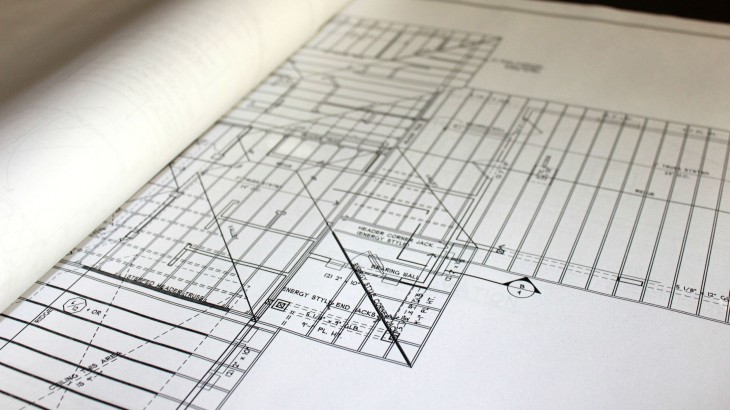Facilities management and energy efficiency is not always about the big picture. In fact, more often than not, energy efficiency planning requires a comprehensive examination into how efficiently electrical and gas components operate within a building. There is a lot of small stuff to consider, especially in larger and more complex buildings. The small stuff, which can include vending machine controls, programmable thermostats, air sealing, weatherstripping, pipe insulation, and air barriers, can all contribute to a significant portion of the pie. Let’s take a look at how each can affect energy operations within a facility.
Vending Machine Controls
Vending machine controls (vending misers) use infrared sensors to detect and respond to occupancy levels of the surrounding area. The controls automatically power down or power up the vending machine by sensing activity in the area. This technology—ideal for hospitals, schools, retail stores, and other businesses—saves energy, reduces greenhouse gas emissions, reduces maintenance costs, and increases the lifespan of the machine.
Programmable Thermostats
Programmable thermostats are designed to automatically adjust the temperature of the facility based on manually entered setpoints. They can store multiple settings that lower or raise the indoor temperature depending on the day of the week, allowing for different schedules during weekdays and on the weekends. This reduces energy loss and avoids heating and/or cooling an empty building.
Air Sealing
Air sealing reduces the amount of air leakage out of a building through large cracks in the thermal envelope, which prevents warm air from escaping in the winter and cool air from escaping during the summer. Air sealing enhances existing insulation performance, which is essential to creating a barrier between the inside and outside of a building. Air sealing also improves comfort, therefore increasing productivity in the workplace.
Weatherstripping
Weatherstripping doors and windows is similar to air sealing in that it prevents air filtration and reduces heating and cooling loss. Weatherstripping contributes to noise reduction and overall interior comfort, as well as preventing unwanted dirt and dust from entering the facility. Buildings that benefit the most from weatherstripping are those that are exposed to hot or warm climates, or those with walk-in coolers or walk-in freezers.
Pipe Insulation
Insulating pipes that that carry hot water is a relatively simple and inexpensive process that reduces heat loss. Applying insulation to hot water pipes raises the water temperature by approximately 4°F, allowing the water temperature setpoints to be lowered by the same amount. Pipe insulation can also increase annual energy savings and be especially useful if the facility uses a lot of water.
Air Barriers
Air barriers prevent unconditioned air from entering a building and conditioned air from escaping. Sensors can be placed around a building’s entry points to produce an air barrier—a blast of conditioned air—in the doorway when occupants are entering or exiting a building. Unconditioned air may contain pollutants or allergens, so this practice is especially important for hospitals, schools, or pharmaceuticals, where climate control is especially important for the health and well-being of the building’s occupants. Air barriers also prevent the building’s HVAC system from overworking, saving the system from reconditioning the air continuously.
Bottom Line
Improving efficiency and productivity is a continuous challenge in facilities management. While making improvements to big ticket items, like HVAC systems, are an excellent way to reduce energy costs and enhance building performance, it’s important not to overlook the small stuff.




